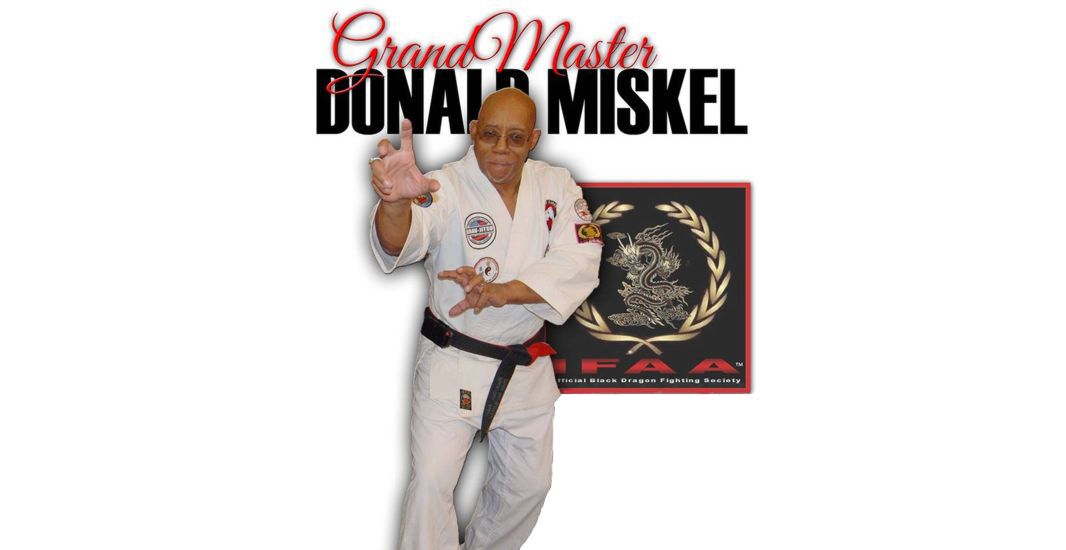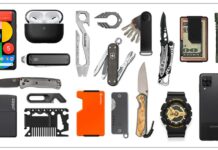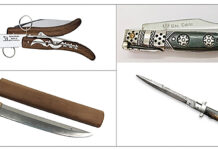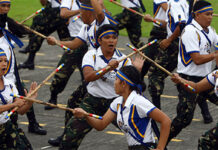Let’s be clear about something. Martial arts and armed and unarmed combat aren’t the same thing. I’ll probably get a lot of flack from the traditionalists who have deceived themselves into believing that they are the proverbial lethal weapon. The reality of the matter is you probably aren’t as dangerous and definitely not as combat effective as you may think.
Some may discount my observations but most who do have little experience in real combat. If I can be allowed to be redundant let me review my qualifications for making such a statement. First off I’m not speaking theory here. I’m speaking what I know and what I have learned in the do or die school of hard knocks. I’m not talking about black eyes and bloody noses; I’m talking about being left dead or broken and bleeding in the gutter.
I’ve been involved in the martial arts for going on sixty years. I began my training in the summer of nineteen fifty seven starting with judo and western boxing. In my youth and my school career I never played baseball, football or basket ball. Since I grew up in the back allies and side streets of Chicago’s inner city (formally the ghetto) on the city’s infamous Southside fighting ability was a serious survival tool. I grew up fighting. In my youth a day without violence was like a day without sunshine. I not only fought, I excelled and reveled in it. All of my athletic ability was funneled into the combative arts. When my peers were playing sports I was involved in developing the tools to become a better fighter. The closest I came to being involved in sports was amateur and later semiprofessional boxing and high school wrestling.
Where I grew up combat couldn’t be theoretical and fighting had no philosophy other than what was dictated by survival. When I became involved in the martial arts I approached it with that mindset.
My father was a WW II marine MP and was stationed during most of his enlistment in Hawaii. He trained in the military’s hand to hand combat or as it was called in those days combat judo. During his enlistment he was also exposed to the martial arts of Hawaii so he had more than a passing knowledge of armed and unarmed combat. He tried to teach me his brand of unarmed combatives whan I was too young to grasp what he was trying to impart to me. What he did manage to do was wet my appitite to the more scientific approach to unarmed combat.
When I began my formal training in the martial arts it wasn’t because I was bullied or picked on. I was a good fighter even as an untrained kid. I had the strength and eye hand coordination as well as a nasty aggression that made me pretty combat effective in the streets even as a kid. I didn’t lose many fights and I was never defeated by the same kid twice.
My clarion cry these days is karate for everyone. Actually now days it would be more of a cry for martial arts for all since age and a lifetime accumulation of injuries has pretty much minimized my hardcore study of karate and kempo. These days I teach more combat aiki than the fistic arts. All the eye defying kicks and spinning, jumping and aerial techniques have been seriously curtailed by the physical limitations of a man who is rapidly approaching his seventies. Not that I was ever a big proponent of combat sports but whatever aspirations I may have had in that vein has yielded themselves to the expedience of age. That doesn’t mean I can’t fight. I’m an avid strength trainer and even in my old age I am physically powerful and while my kicks are seldom much above waist height, which probably lends them better to the expedience of combat, my hands are still fast. Aside from hand speed I can still hit with authority.
I feel that everyone should have access to and some rudimentary experience in the martial arts. All of us don’t train for the same reason. Everyone isn’t interested in being a trained killer. Some study for the art or for a little physical activity. Some others are interested in competition and the sports aspects of the arts. Some of us study for ascetics or for almost esoteric reasons. On whatever level we pursue our training we are still martial artists. We all have a right to seek our own path. Taking that into consideration none of us should find reason to criticize any of the rest of us.
Personally I am interested in the combative aspects of the arts. Not that I’m that combative or aggressive these days. I’m a minister and pastor and therefore a semi pacifist. By the way the emphasis there is on semi. I’m not easily provoked but I’m not a person to back into a corner. Everything I teach has its inception in realistic combat. While I feel that I’m pretty cute and the economy of motion of true martial arts has its own grace I am neither interested in my techniques looking pretty or graceful. Combat isn’t designed for ascetics.
Let’s get down to the reality of combat. Back in the day the martial artists sought to train until he had reached a constant semi meditative state of ‘mushin’. Mushin is one of those words that don’t translate well into English. The best definition I can give is the one that was given to me. Mushin is like the state of still water. Still water can reflect light. Troubled water on the other hand refracts light and can give no good picture of what exists around it. Mushin is a state of imperturbable calm. When we are threatened or go into the fight or flight mode our bloodstream is flooded with adrenaline and our heart and breath rate increases. When this happens we lose that detached dispassionate observation of our dilemma that allows us to use all of those fancy techniques that we perfected in the dojo. Mushin takes a lot of time and complete immersion in meditation and training. Most of us aren’t professional warriors and few of us have the time or the inclination to reach that rarified state. Taking that into consideration we become aware that those complex techniques won’t work when we most need them. For that reason gross motor movement and simplicity is the key to success in realistic combat.
Most of us don’t want to beat our hands into war clubs and for good reason. I’m sure that we plan to do more with our hands that break concrete or knock someone’s chin through the back of their neck. Even so some conditioning of the hands is still necessary if we plan to hit someone with them. A broken hand could spell disaster in a life and death confrontation. Hitting that sweet spot on an opponent’s chin with unconditioned hands is probably going to do you more harm that it will him. Even with trained and conditioned hands be prepared to dance around your felled opponent in exquisite pain. Which, by the way, might suggest that we learn the right weapon to use against a particular target. A good rule of thumb here is to hit hard with soft and soft with hard, the goju or yin and yang principle of striking. You’d probably do better striking that chin with a palm heel rather than a fist.
Expanding on that idea I suggest that all of the dim mak and advanced pressure point techniques you’ve studied be relegated to the gym. Trying to hit several points the size of a quarter where the force and angle of access differs with the time of day, month and year isn’t practical for the average combatant. Let me enlighten you to the Don Miskel school of pressure point striking. If he can’t see he can’t fight. If he can’t breathe he can’t fight. If he can’t stand he can’t fight. If unconscious or dead he can’t fight. All, of course, to be applied with expedience and conscience. Fit those concepts into your own system and you’ll find yourself taking a realistic approach to combat and target acquisition.
Another consideration for our weekend warriors. You have to train to maintain your ability to be combat effective. I don’t care how much you know if you’re unable to implement that knowledge because of poor conditioning you’ve lost before you’ve started. Strength training and some cardiovascular training is a must. You have to keep your weapons sharp.
This effort is getting a bit lengthy so I’m going to put a cap on it with one more point. For all you nice a clean cut would be warriors out there you can’t go gently into combat. You have to channel all of the killer instinct that you have (hopefully) developed and bring it to bear in a fight. Generally you’ve been singled out for violence because your opponent has perceived some kind of advantage. Generally he’s going to be bigger, stronger, more violent, better armed and probably a whole lot crazier than you. Often you’ll be outnumbered and outgunned. Given such a scenario you’ll probably be fighting for your life. You have to fight to not only to survive but to prevail and if survival isn’t possible give your life dearly. Go down fighting like a warrior. There’s no shame for a warrior to die in combat as long as he gives a good account of himself.
Winding up this long winded dissertation let me say that you have to be realistic in your capabilities. You can’t be what you aren’t but you can be the best that you can be. If you are going to train for self defense or combat train hard and train realistically. If you don’t have the tools develop them. If you don’t have the conditioning work for it. If you don’t have killer instinct put your civilized sensitivities on the shelf at least for the duration of a life and death confrontation. If you fight fight like your life depends on it. Your life may very well depend on it.
Lastly, for those of you who are still in the early learning stages; if you want to learn to fight train with someone who knows how to fight. Too many people are trying to teach people to fight who have never been in a real fight in their lives. If you’ll excuse my language, bad asses train bad asses. Who you train with will determine how realistic and how combat effective your fight skills will be.
So now I can get back to my gentle priestly persona. God bless you, my brethren and fellow martial artists. Train realistically, train hard and go with God.
Rev. Dr. Donald Miskel






